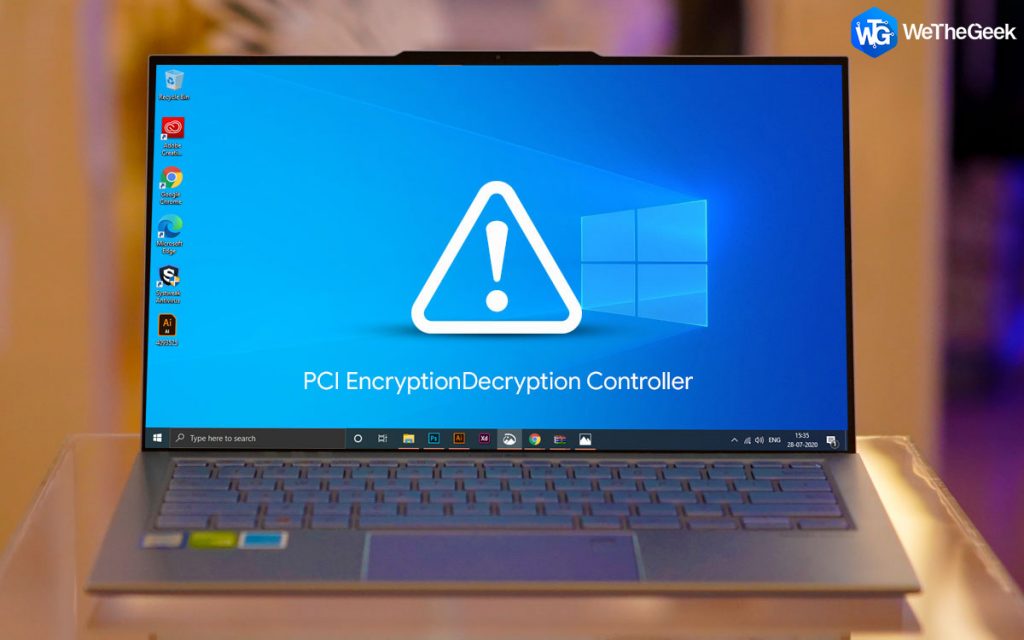
It is possible to create custom pasteboards which only desired applications can access for passing data back and forth between applications. Inter-application drag and drop also uses the pasteboard. Pasteboard : Every time a copy-paste happens between applications, that’s IPC happening using pasteboard. In fact, if too many notifications are being posted and the server’s queue fills up, notifications can be dropped.ħ.

The latency between posting the notification and the notification’s arrival in another process is unbounded. The notification gets sent to a system wide server that then distributes it to all the processes that have objects registered for distributed notifications. Posting a distributed notification is an expensive operation. When an event occurs, an object posts an appropriate notification to the notification center. Client objects register themselves with the notification center as observers of specific notifications posted by other objects. The notification information is encapsulated in NSNotification objects. It notifies all observers of notifications meeting specific criteria. Distributed Notifications : A notification center manages the sending and receiving of notifications.
#Mac or windows for communications mac
can be done using these.ĪppleScript is a scripting language built on top of Apple Events which can be used using scripting bridge in a Mac application.Ħ. Operation like opening a telling a application to open a file or to quit etc.
#Mac or windows for communications mac os x
Apple Events : These are the only IPC mechanism which is universally supported by GUI applications on Mac OS X for remote control. In fact, they can be used in exactly the same way.But if the intent is only for local IPC create a socket in the AF_UNIX family to get a socket that’s only for local communication and uses more flexible addressing than TCP/IP allows.ĥ. Using TCP/IP sockets for interprocess communication (IPC) is not very different from using them for network communications. Sockets : While most TCP/IP connections are established over a network between two different machines, it is also possible to connect two processes running on the same machine without ever touching a network using TCP/IP. The only disadvantage is complexity of implementation and less documentation.Ĥ.

This modular structure results in a more robust and extensible system than a monolithic kernel would allow, without the performance penalty of a pure microkernel. It is much faster to make a direct call between linked components than it is to send messages or do remote procedure calls (RPC) between separate tasks. However, in OS X, Mach is linked with other kernel components into a single kernel address space. It is capable of running as a stand–alone kernel, with other traditional operating-system services such as I/O, file systems, and networking stacks running as user-mode servers. Mach 3.0 was originally conceived as a simple, extensible, communications microkernel. Mach Ports :The fundamental services and primitives of the OS X kernel are based on Mach 3.0. The downside is that it’s really difficult to coordinate changes to the shared memory area.ģ. This is fast and data doesn’t have to be copied around. Shared Memory : This is another implementation for IPC where a memory section is shared between different processes.In other words process A writes to this memory and B can read from this memory, or vice verse. Write problems if multiple processes are trying to write to the shared file at the same time.Ģ.Clients need to continuously poll to see if server has written something in the file.Shared File : Most naive solution where multiple processes will share a common file. Let’s look at the techniques available for IPC one by one.ġ. In the subsequent articles we will see the implementation part for various techniques. In this article we will discuss various techniques available on Mac to accomplish IPC.

Reasons for allowing two processes to communicate with each other may be different : IPC methods can divided into methods for message passing, synchronization, shared memory, and remote procedure calls (RPC). Processes may be running on one or more computers connected by a network. Inter-process communication (IPC) can be defined as set of techniques used for exchanging data among multiple threads in one or more processes.


 0 kommentar(er)
0 kommentar(er)
